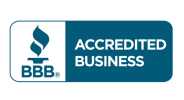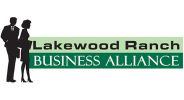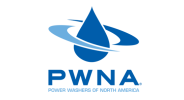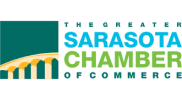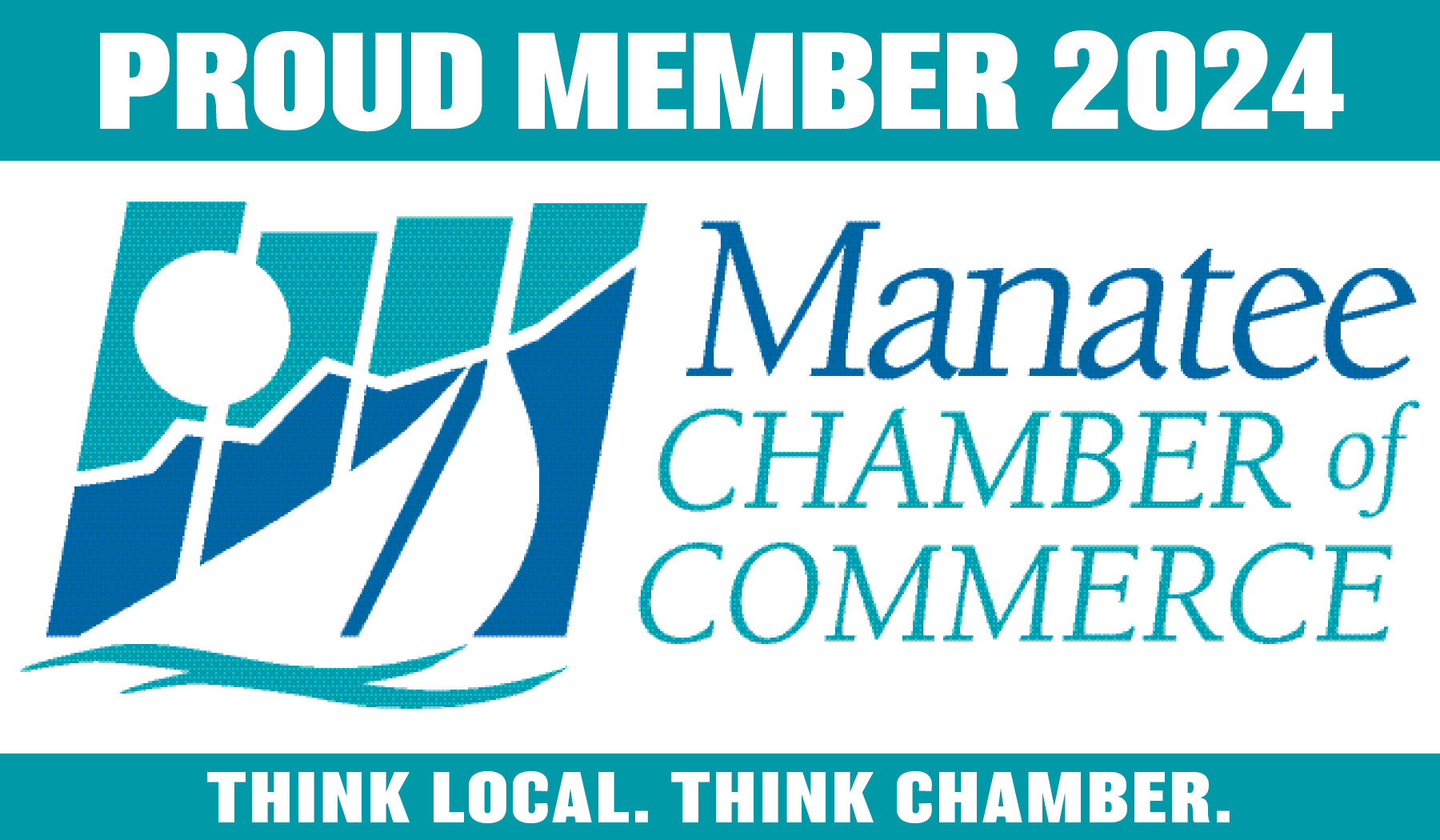GORILLA KLEEN NEWS & MORE
From the Gorilla’s Mouth
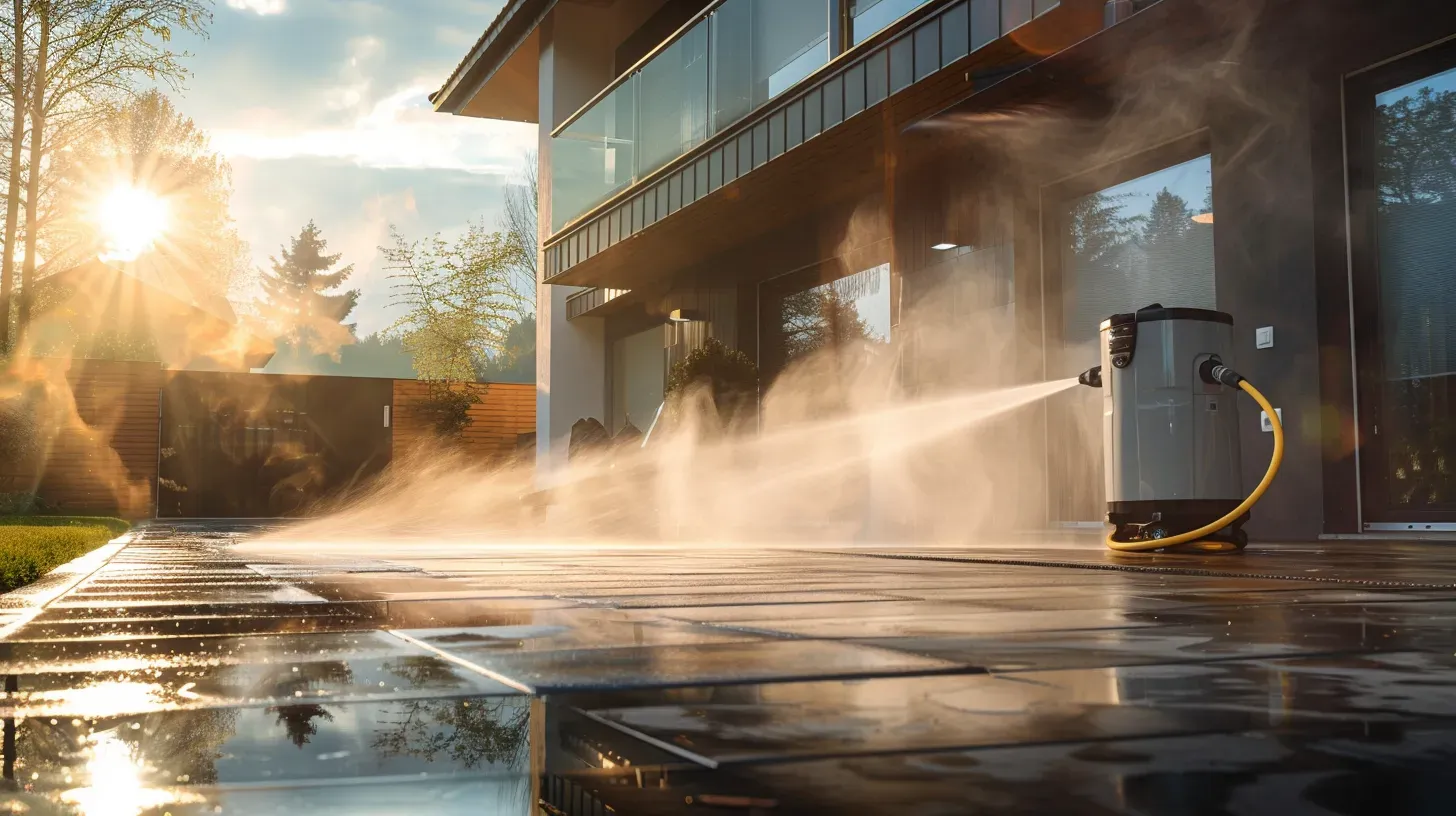
Choosing Safe Chemicals for Commercial Pressure Washing
Pressure washing is a powerful cleaning method, but using the wrong chemicals can harm surfaces and the environment. This guide explores safe and effective solutions for pressure washing, focusing on chemical safety evaluations and application techniques. By understanding the right chemicals to use, you’ll protect your property and achieve superior cleaning results without compromising safety or effectiveness.
Key Takeaways
- Safe pressure washing chemicals balance effective cleaning with environmental responsibility
- Proper dilution and application techniques minimize risks and maximize cleaning efficiency
- Understanding chemical interactions with surfaces prevents damage during pressure washing
- Case studies demonstrate successful use of eco-friendly solutions in various settings
- Industry certifications and reliable resources guide professionals in selecting safe cleaning products
Understanding Safe Chemicals for Pressure Washing
Pressure washing professionals must understand safe chemicals for effective cleaning. This section explores common chemicals, safety standards, non-toxic options, and environmental impacts. From efflorescence removal to pollutant control, commercial pressure washing requires knowledge of acids and other solutions. Choosing the right chemicals ensures optimal results while prioritizing safety and environmental responsibility.
Overview of Common Chemicals Used
Pressure washing professionals rely on a range of chemicals to tackle various cleaning challenges. Sodium hydroxide, a potent cleaning agent, effectively removes grease and oil from surfaces. Hypochlorite, commonly known as bleach, serves as a powerful disinfectant and mildew remover in pressure washing applications.
For environmentally friendly options, biodegradable detergents and citrus-based degreasers offer effective cleaning without harsh environmental impacts. These alternatives provide excellent results for many cleaning tasks while minimizing potential harm to surrounding vegetation and ecosystems.
Safety Standards and Regulations
Safety standards govern the use of chemicals in pressure washing to protect workers and the environment. Regulations mandate the proper handling, storage, and disposal of cleaning solutions to prevent corrosion, contamination, and potential harm. Personal protective equipment, such as gloves and goggles, is essential when working with potent stain-removing agents.
Pressure washing professionals must adhere to strict guidelines for chemical dilution and application to ensure effective dirt removal without causing damage. Safety data sheets provide crucial information on each solution’s properties, hazards, and appropriate handling procedures. Regular training and adherence to these standards help prevent accidents and ensure responsible chemical use in cleaning operations.
Importance of Non-Toxic Options
Non-toxic pressure washing solutions protect the environment from harmful chemicals entering sewage systems and storm drains. These eco-friendly options effectively remove oil, mold, and grime without introducing toxic substances that can contaminate water sources or harm plant and animal life.
Using non-toxic detergents in pressure washing operations ensures the safety of workers and property owners. These gentle yet powerful cleaners eliminate the risks associated with harsh chemicals, reducing potential skin irritations, respiratory issues, and long-term health concerns while still delivering excellent cleaning results.
Environmental Impact of Chemicals
Pressure washing chemicals can have significant environmental impacts. Sodium hypochlorite, a common cleaning agent, can harm aquatic life if it enters waterways. Citric acid, while less harmful, may still affect soil pH levels when used in high concentrations. Proper dilution and application techniques help minimize these risks.
Professional pressure washing services use specialized brushes and equipment to reduce chemical usage. By combining mechanical scrubbing with targeted sodium-based solutions, they achieve effective cleaning while minimizing environmental impact. This approach ensures thorough cleaning without excessive chemical runoff:
| Chemical | Environmental Impact | Mitigation Strategy |
|---|---|---|
| Sodium Hypochlorite | Harmful to aquatic life | Proper dilution, controlled application |
| Citric Acid | May affect soil pH | Use in low concentrations |
| Sodium-based solutions | Potential water contamination | Combine with mechanical scrubbing |
Evaluating Chemical Safety for Pressure Washing

Evaluating chemical safety for pressure washing involves identifying harmful ingredients, recognizing safe alternatives, and reading labels and safety data sheets. This process ensures effective cleaning of surfaces like tile, concrete, and driveways while prioritizing safety. Understanding surfactants and their role in cleaning solutions helps professionals select appropriate chemicals for various pressure washing tasks.
Identifying Harmful Ingredients
Pressure washing professionals must carefully examine cleaning solution ingredients to identify potentially harmful components. Phosphates, commonly found in some detergents, can contribute to water pollution and algae growth. Volatile organic compounds (VOCs) in certain solvents may pose respiratory risks and environmental hazards.
Chlorine bleach, while effective for disinfection, can damage vegetation and irritate skin and eyes. Professionals should also be wary of products containing ammonia, as it can create dangerous fumes when mixed with other chemicals. By recognizing these harmful ingredients, pressure washing experts can make informed decisions to protect themselves, their clients, and the environment.
Recognizing Safe Alternatives
Safe alternatives for pressure washing include plant-based surfactants derived from coconut or palm oil. These biodegradable options effectively clean surfaces without harming the environment. Enzymatic cleaners offer another safe choice, breaking down organic matter through natural processes.
Hydrogen peroxide-based solutions provide powerful cleaning and disinfecting capabilities without leaving harmful residues. These alternatives often come in concentrated forms, allowing professionals to dilute them as needed for various cleaning tasks while maintaining effectiveness and safety.
Reading Labels and Safety Data Sheets
Pressure washing professionals must carefully read labels and safety data sheets (SDS) for all cleaning products they use. These documents provide crucial information about chemical composition, potential hazards, proper handling procedures, and recommended personal protective equipment (PPE).
Safety data sheets detail specific storage requirements, disposal methods, and first aid measures for each chemical. By thoroughly reviewing these materials, pressure washing experts can make informed decisions about which products to use for different cleaning tasks, ensuring both effective results and optimal safety precautions.
Application Techniques for Safe Chemicals

Proper application of safe chemicals in pressure washing ensures effective cleaning while minimizing risks. This section covers dilution methods for optimal chemical concentration, best practices for applying solutions to various surfaces, and essential safety equipment and precautions. These techniques help pressure washing professionals achieve superior results safely and efficiently.
Proper Dilution Methods
Proper dilution of pressure washing chemicals ensures optimal cleaning power while preventing damage to surfaces. Professionals use precise measurements and ratios, following manufacturer guidelines to achieve the correct concentration for each cleaning task. This approach maximizes efficiency and minimizes waste, allowing for effective cleaning without excessive chemical use.
Water quality affects dilution effectiveness, with hard water potentially reducing cleaning power. Pressure washing experts often use softened or deionized water for dilution, ensuring consistent results across different cleaning projects. They also consider factors such as surface type, soil level, and ambient temperature when determining the appropriate dilution ratio for each application.
Best Practices for Application
Pressure washing professionals apply chemicals using low-pressure nozzles to ensure even distribution and prevent damage to surfaces. They start from the bottom of vertical surfaces and work upward, allowing the solution to dwell for the recommended time before rinsing. This technique prevents streaking and ensures thorough cleaning.
For horizontal surfaces, experts apply chemicals in small sections, working methodically to cover the entire area. They use overlapping strokes to ensure complete coverage and avoid missed spots. Professionals also adjust their application techniques based on surface material, such as using gentler methods for delicate substrates like wood or stucco.
Safety Equipment and Precautions
Pressure washing professionals prioritize safety by using appropriate personal protective equipment (PPE). This includes chemical-resistant gloves, safety goggles, and protective clothing to prevent skin contact and eye exposure. Respirators may be necessary when working with volatile chemicals or in poorly ventilated areas.
Proper chemical storage and handling procedures are essential for safe pressure washing operations. Professionals use clearly labeled, chemical-resistant containers and store solutions in well-ventilated areas away from heat sources. They also maintain spill kits and follow proper disposal methods for used chemicals and contaminated water. Safety measures include:
| Safety Measure | Purpose | Implementation |
|---|---|---|
| Personal Protective Equipment | Prevent chemical exposure | Gloves, goggles, protective clothing |
| Chemical Storage | Prevent spills and accidents | Labeled containers, ventilated storage |
| Spill Management | Contain and clean chemical spills | Spill kits, proper disposal methods |
Comparing Effectiveness of Safe Chemicals

Comparing the effectiveness of safe chemicals for pressure washing involves evaluating cleaning power, assessing versatility across surfaces, and understanding chemical interactions with materials. This analysis helps professionals select optimal solutions for various cleaning tasks while prioritizing safety and environmental responsibility. By examining these factors, pressure washing experts can achieve superior results efficiently and responsibly.
Evaluating Cleaning Power
Pressure washing professionals evaluate cleaning power by assessing a solution’s ability to remove dirt, grime, and stains effectively. They consider factors such as pH levels, active ingredients, and concentration to determine a chemical’s strength and suitability for specific cleaning tasks. Professionals often conduct controlled tests on various surfaces to compare the performance of different safe chemicals.
The effectiveness of safe pressure washing chemicals depends on their formulation and application method. Professionals assess cleaning power based on the time required to achieve desired results, the amount of agitation needed, and the overall quality of the cleaned surface. They also consider the chemical’s ability to break down organic matter, remove mineral deposits, and tackle stubborn stains. Key factors in evaluating cleaning power include:
- Soil removal efficiency
- Dwell time requirements
- Rinsability and residue prevention
- Compatibility with different surface materials
- Environmental impact and safety profile
Assessing Versatility Across Surfaces
Pressure washing professionals assess the versatility of safe chemicals by testing their effectiveness on various surfaces. They evaluate how well a solution performs on concrete, wood, metal, and synthetic materials, ensuring it cleans effectively without causing damage. This comprehensive approach allows them to select chemicals that can handle diverse cleaning tasks efficiently.
The versatility of safe pressure washing chemicals extends to their ability to remove different types of contaminants. Professionals consider how well a solution tackles grease, mold, mildew, and environmental pollutants across multiple surface types. They prioritize chemicals that offer broad-spectrum cleaning capabilities while maintaining safety and environmental responsibility.
Understanding Chemical Interaction With Materials
Pressure washing professionals study chemical interactions with various materials to ensure safe and effective cleaning. They consider factors such as pH levels, reactivity, and potential surface damage when selecting solutions for different substrates. This knowledge allows them to choose chemicals that clean effectively without compromising the integrity of treated surfaces.
Understanding chemical interactions helps pressure washing experts prevent issues like etching, discoloration, or corrosion. They select solutions that dissolve contaminants without harming underlying materials, ensuring long-lasting results. This expertise enables them to tailor their approach for each unique cleaning project, balancing cleaning power with material preservation.
Case Studies of Safe Chemical Use in Pressure Washing

Case studies demonstrate the effective use of safe chemicals in pressure washing across various settings. This section examines successful commercial applications, residential success stories, and valuable lessons learned from mistakes. These real-world examples provide insights into selecting and applying safe chemicals for optimal results in different pressure washing scenarios.
Successful Commercial Applications
A shopping center in Sarasota utilized eco-friendly pressure washing solutions to clean its extensive parking lot and walkways. The professional team employed a biodegradable degreaser that effectively removed oil stains and grime without harming nearby landscaping or contaminating stormwater runoff. This approach resulted in a spotless surface while adhering to local environmental regulations.
A large office complex benefited from a specialized cleaning solution designed for delicate surfaces. The pressure washing experts used a pH-neutral formula to clean the building’s glass facades and metal trim, achieving excellent results without risking damage to these sensitive materials. This case demonstrates the importance of selecting appropriate chemicals for specific commercial applications:
| Application | Chemical Used | Result |
|---|---|---|
| Shopping Center Parking Lot | Biodegradable Degreaser | Spotless surface, eco-friendly |
| Office Complex Exterior | pH-Neutral Solution | Clean facades, no damage |
Residential Success Stories
A Sarasota homeowner successfully restored their aging driveway using a safe, eco-friendly pressure washing solution. The professional team applied a non-toxic, biodegradable cleaner that effectively removed years of built-up grime, oil stains, and mildew without damaging the concrete surface or surrounding lawn. This approach resulted in a rejuvenated driveway appearance while maintaining environmental responsibility.
Another residential success story involved the cleaning of a wooden deck using a specialized, pH-balanced solution. The pressure washing experts carefully selected a gentle yet effective cleaner that removed dirt, algae, and weathering without stripping the wood’s natural oils or color. This method not only restored the deck’s appearance but also helped protect it from future damage, extending its lifespan and reducing maintenance costs for the homeowner.
Lessons Learned From Mistakes
A pressure washing company learned a valuable lesson after using an overly concentrated cleaning solution on a client’s painted exterior. The strong chemical etched the surface, causing discoloration and damage. This incident highlighted the importance of proper dilution and testing chemicals on inconspicuous areas before full application.
Another mistake occurred when a contractor failed to consider the runoff from cleaning a large commercial roof. The improperly managed chemical solution flowed into a nearby storm drain, violating local environmental regulations. This experience emphasized the need for thorough planning and containment measures when using pressure washing chemicals in sensitive areas.
Resources for Choosing Safe Pressure Washing Chemicals

Selecting safe pressure washing chemicals requires reliable resources. This section explores recommended brands and products known for their effectiveness and safety. It also covers industry guidelines and certifications that ensure quality standards. Finally, it provides sources for trustworthy information on chemical selection, helping professionals make informed decisions for their pressure washing operations.
Recommended Brands and Products
Pressure washing professionals rely on trusted brands for safe and effective cleaning solutions. EcoClean Solutions offers a range of biodegradable degreasers and multi-surface cleaners that deliver powerful results without harsh environmental impacts. Simple Green provides concentrated, non-toxic formulas suitable for various pressure washing applications, ensuring optimal cleaning while prioritizing safety.
For specialized cleaning tasks, professionals turn to BioSafe Systems’ eco-friendly algae and mold removers. These products effectively tackle tough stains and organic growth without compromising surface integrity or environmental standards. By selecting these reputable brands, pressure washing experts ensure consistent performance and compliance with safety regulations.
Industry Guidelines and Certifications
The Cleaning Industry Management Standard (CIMS) provides comprehensive guidelines for professional cleaning organizations, including pressure washing services. This certification ensures companies follow best practices for chemical selection, handling, and application, promoting safety and effectiveness. Pressure washing professionals who adhere to CIMS standards demonstrate their commitment to quality and responsible chemical use.
The Environmental Protection Agency (EPA) offers the Safer Choice program, which certifies cleaning products that meet strict safety and environmental criteria. Pressure washing companies can rely on Safer Choice-labeled products to ensure they use chemicals that effectively clean while minimizing potential harm to people and ecosystems. This certification helps professionals make informed decisions when selecting pressure washing solutions.
Where to Find Reliable Information
The Pressure Washing Resource Association (PWRA) offers a wealth of information on safe chemical selection for pressure washing professionals. Their online database provides detailed product reviews, safety data sheets, and application guidelines for various cleaning solutions. Members can access expert advice and industry best practices through PWRA’s forums and educational resources.
Manufacturer websites serve as valuable sources of reliable information on pressure washing chemicals. Companies like Kärcher and Hotsy provide comprehensive product catalogs with detailed specifications, safety information, and application recommendations. These sites often feature case studies and technical support resources to help professionals make informed decisions about chemical selection for specific cleaning tasks.
Frequently Asked Questions
What are the most effective safe chemicals for pressure washing?
Professional pressure washing companies use biodegradable detergents, eco-friendly degreasers, and specialized surface cleaners designed for specific materials. These safe chemicals effectively remove dirt, grime, and stains without harming the environment or damaging surfaces, ensuring optimal results for exterior cleaning projects.
How can I evaluate the safety of pressure washing chemicals?
To evaluate pressure washing chemical safety, check product labels for hazard warnings and safety data sheets for detailed information. Consider environmental impact, toxicity levels, and required protective equipment. Consult local regulations and guidelines for proper handling and disposal of these chemicals.
What application techniques should I use for safe pressure washing chemicals?
When applying pressure washing chemicals, use low-pressure nozzles and start from the bottom up to prevent streaking. Wear protective gear, dilute chemicals properly, and rinse thoroughly. Always follow manufacturer instructions and local regulations for safe and effective application.
Are safe pressure washing chemicals as effective as traditional options?
Safe pressure washing chemicals can be just as effective as traditional options when used correctly. They offer environmentally friendly alternatives that clean surfaces thoroughly without harming plants or wildlife. Professional pressure washing services often use these safer products to achieve excellent results while minimizing environmental impact.
Where can I find resources for choosing safe pressure washing chemicals?
Gorilla Kleen, Sarasota’s trusted pressure washing experts, can guide you in selecting safe cleaning chemicals for your property. Our professionals use eco-friendly solutions that effectively clean without harming surfaces or the environment. Contact us for advice on choosing the right products for your specific needs.
Conclusion
Selecting safe and effective chemicals for pressure washing is crucial for achieving optimal cleaning results while protecting surfaces, the environment, and human health. Professional pressure washing services must prioritize the use of eco-friendly, non-toxic solutions that comply with industry standards and environmental regulations. By understanding chemical properties, proper application techniques, and safety precautions, pressure washing experts can deliver superior cleaning outcomes across various commercial and residential settings. Ultimately, choosing the right chemicals and following best practices ensures long-lasting results, client satisfaction, and responsible business operations in the pressure washing industry.
Why Choose Us?
-
100% Satisfaction Guarantee
-
Hot water washing cleans and sanitizes
-
Professional and courteous
-
Accredited by the PWNA
-
Fully EPA compliant contain & recycle
-
Locally owned
-
Sarasota County Chamber of Commerce Member
-
Members of the PWNA (Pressure Washers of North America)
-
BBB Accredited Business
-
Fully licensed and insured
-
Local charitable involvement
-
100% contain & recycle wash water
-
Environmentally safe products
-
State of the art equipment
-
Lakewood Ranch Business Alliance
- Pressure Washing vs Soft Washing Roof Cleaning Insights - May 19, 2025
- 6 Essential Guide to Safe Pressure Washing Practices - April 24, 2025
- Choosing Safe Chemicals for Commercial Pressure Washing - March 23, 2025
